The Volvo XC90 is approaching its 10th year in production and while the EX90 EV is helping Volvo enter the flagship EV SUV market. the gas-powered XC90 is far from dead with the unveiling of the refreshed 2025 model.
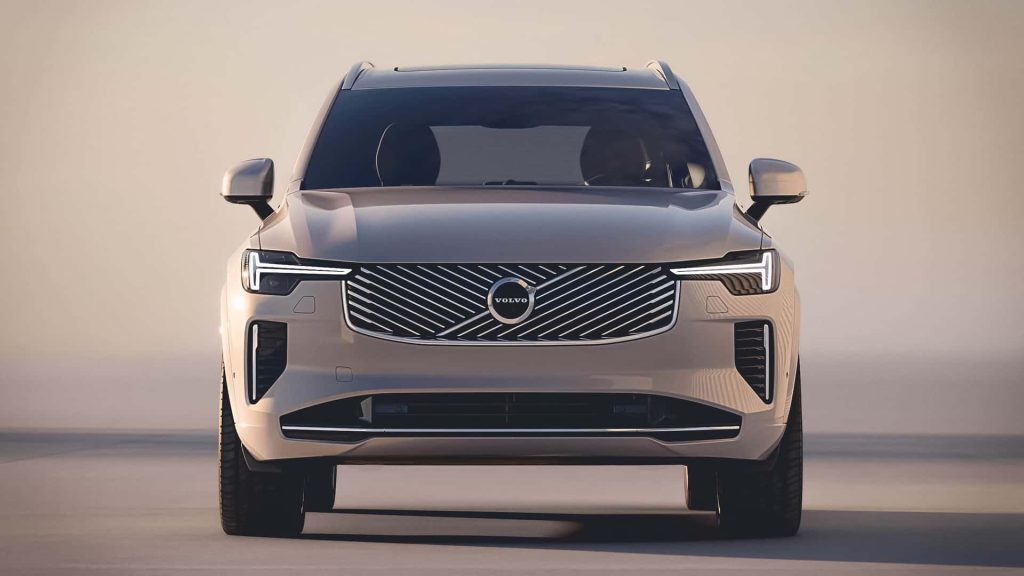
Volvo unveiled the 2025 XC90 which is the second major facelift that the SUV has recieved during its 10 years of production.
Volvo is preparing to rapidly move into a future where electrification will play a greater role in the company’s long-term success. Models like the EX90 are allowing Volvo to flex its muscles in the segment but the Swedish luxury brand also knows that retaining a solid lineup of ICE-powered models is important too especially for customers who don’t want to switch their vehicle out for an electric-powered one.
The Volvo XC90 aims to give customers one such choice. The current generation XC90 has been in production for over 10 years but while a prior facelift attempted to half-heartedly give the SUV more pep in its step, the 2025 model promises to be a much more serious attempt at making the model age gracefully into retirement.
Carryover design gets welcome updates
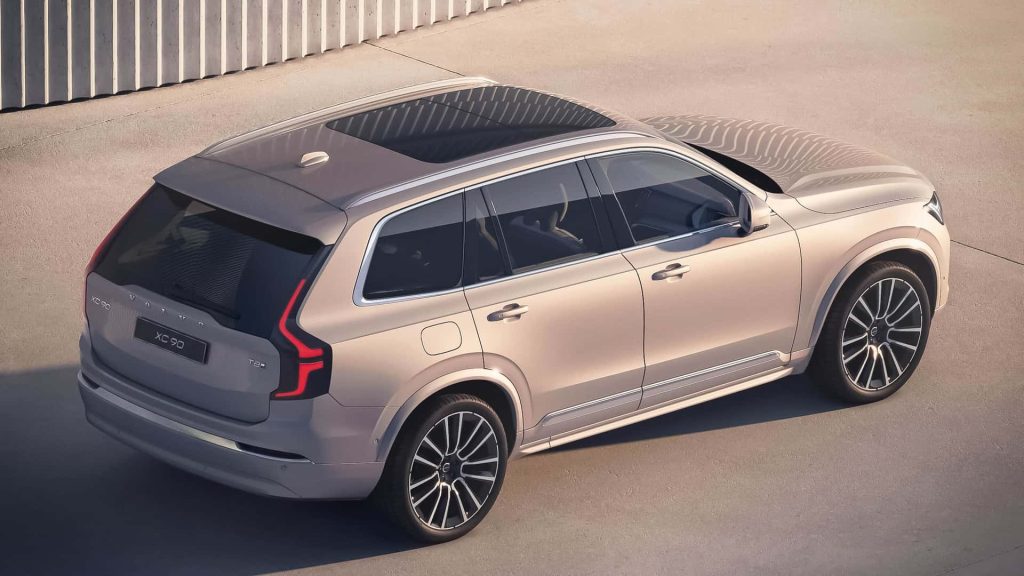
The exterior gets minor updates as the company attempts to make it fall more in line with its current design language.
Since this is still a refresh versus an outright reboot, the 2025 model carries over the core design of the outgoing model but Volvo designers have made some visual tweaks to help the SUV fall in line with some of its newer models. The front grille gets a new design and is flanked by mildly redesigned LED headlights. The front bumper gets vertically mounted air vents while the lower intake protrudes out further than before. The rear gets modest changes in comparison and while Volvo opted to keep the old taillight shape, a new lighting pattern gives it a crisper look than before.
It’s clear that Volvo opted to play it safe when it came to redesigning the exterior and while the new suit of clothes does allow the XC90 to not look as dated as before, we are eagerly awaiting to see what Volvo has up its sleeve for the revamped XC90 which will benefit from a new design that might take some of its inspiration from the EX90 EV.
New technology enhances XC90 interior
Slip inside the 2025 XC90 and you’ll discover that the company put the bulk of its efforts into updating the cabin. The 9.0-inch infotainment system is gone and is replaced with a bigger 11.3-inch screen. Unlike prior XC90s, this screen is not nestled in the center dashboard and is instead mounted ahead of the dash within easy reach of the front seat occupants. Volvo says it boosted pixel density in the screen by 21% to improve image sharpness and a revamped menu layout in the system itself attempts to improve usability with many core functions now being a tap away.
The rest of the interior also gets more sound-deadening material and redesigned air vents which compliment a new decorative panel made from recycled materials. The center console gets more storage space and an additional cupholder for buyers who want to haul as much espresso around with them as possible on their journeys. The wireless phone charging pad has been relocated behind the center tunnel and will no longer get in the way like it did before if you attempted to access the storage bin.
More Volvo Stories
- Volvo Pushes Back Deadline to Be Fully Electric to 2040
- First Drive: 2025 Volvo EX90 Twin Motor Performance
- Volvo Forced To Raise 2024 EX90 Prices Due To Material Costs
Hybrids to play big role in XC90 story
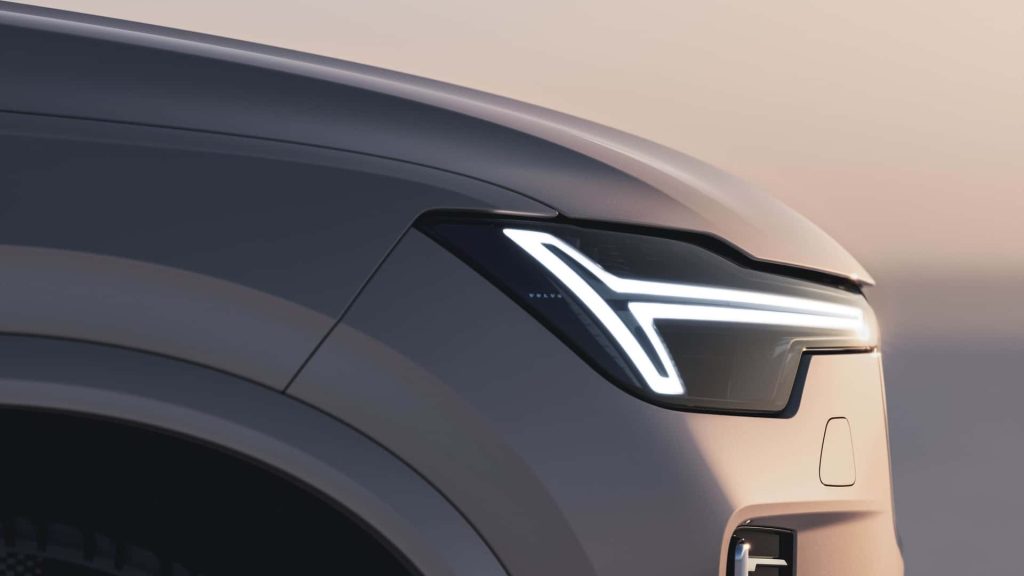
Volvo will be placing a stronger emphasis on hybrid models moving forward with the firm confirming that it will not offer a pure EV lineup until 2040.
Volvo chose to not reveal too much information about the XC90’s powertrains but did reveal that the B5 and B6 models will be equipped with mild-hybrid powertrains that feature a 48-volt lithium-ion battery and an integrated starter/ generator system which will help reduce emissions while also boosting efficiency by 15%. Chances are good that the powertrains here are carried over from the 2024 model with the two engines also being joined by a PHEV variant.
This newfound embrace of hybrids also plays into Volvo’s broader admission that it will not be able to go fully electric by 2030 with the company instead pushing the target forward into 2040. As a result, hybrid models will now play a big role in improving Volvo’s sales while also drawing in buyers who want better fuel economy, but are not ready to fully embrace a pure EV just yet. Volvo is not the only automaker to alter it’s electrification plans with Ford and GM confirming that they will also be changing aspects of their respective EV roadmaps as slowing demand forces these firms to reevaluate certain aspects of their push towards an all-EV lineup.
In the meantime, the 2025 Volvo XC90 is slated to formally begin production later this year with the first deliveries to customers expected to take place before 2024 draws to a close. Volvo didn’t release pricing information either, but look for the SUV’s pricing ladder to not change too much from its predecessor.

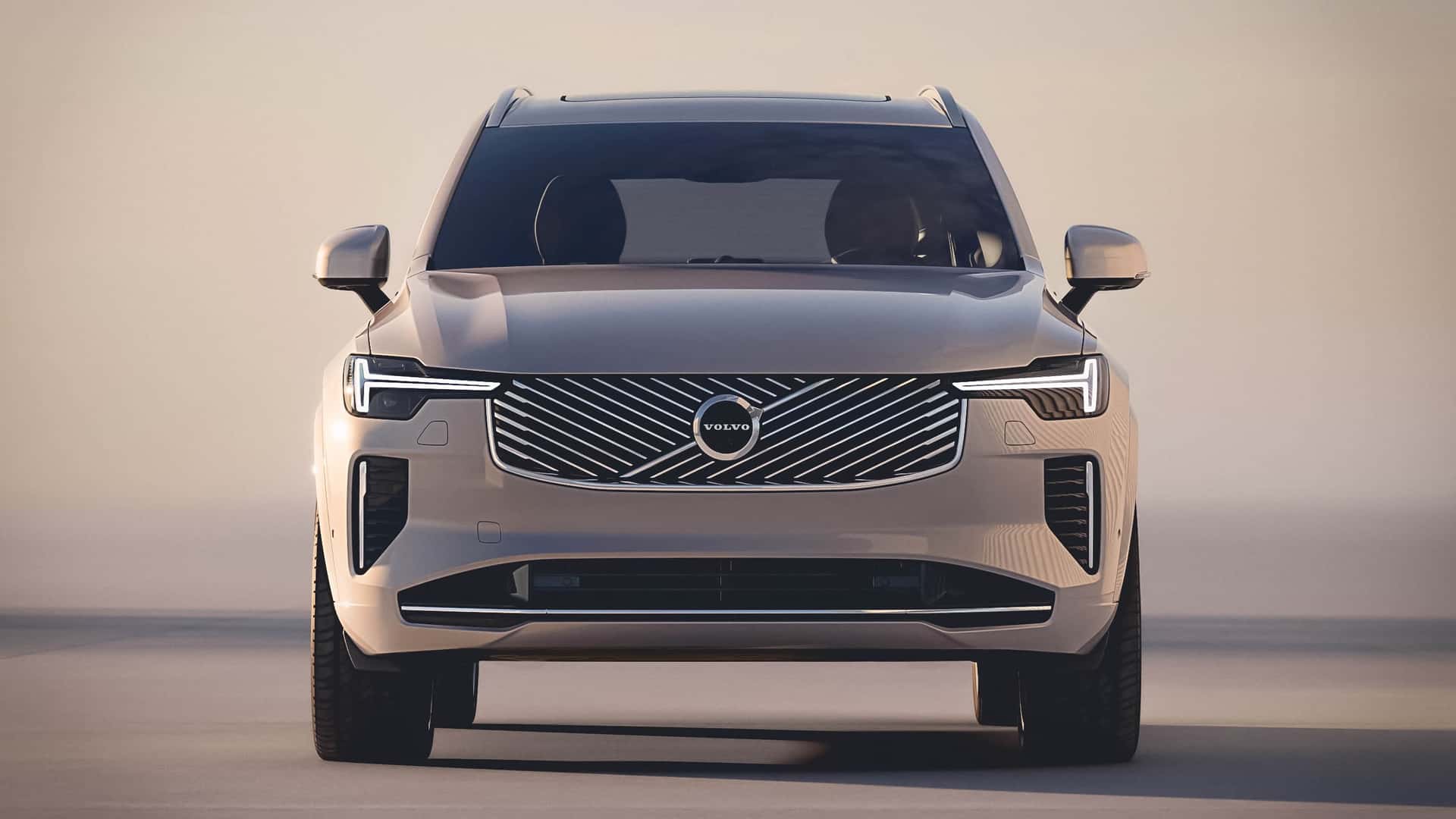


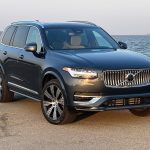
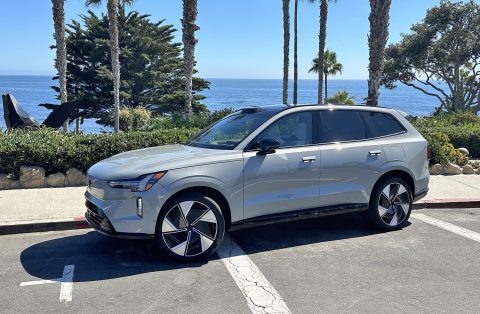
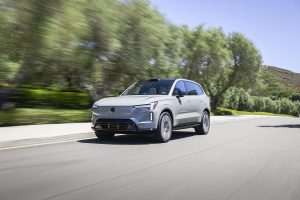

0 Comments